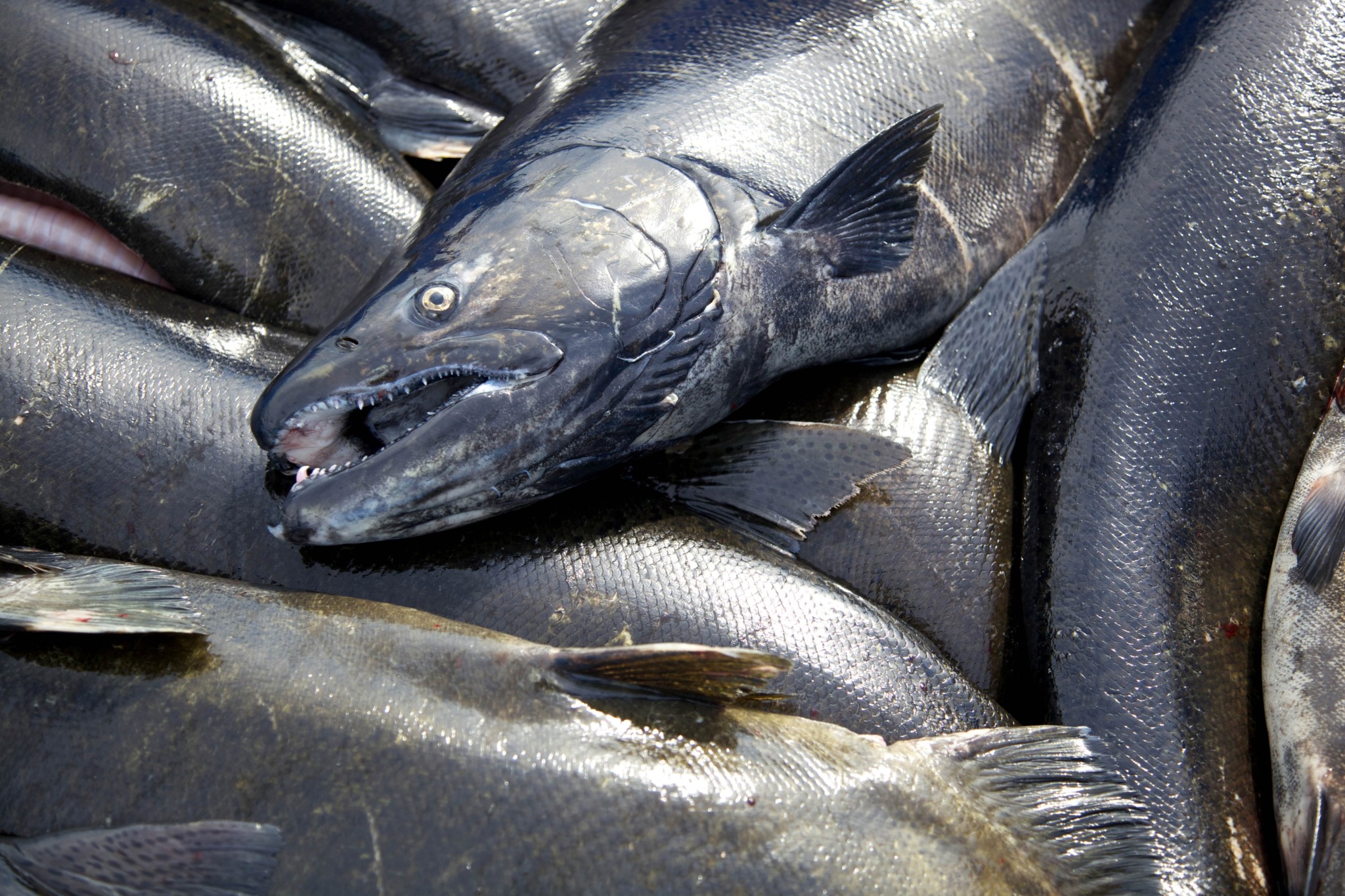Last Friday U.S. and Chinese officials announced a bundle of tariffs, each targeting the other nation’s exports in what could become an all-out trade war.
President Donald Trump made an announcement early in the day imposing a 35 percent tariff on all Chinese goods containing “industrially significant technologies,” an estimated $50 billion worth of Chinese goods, calling the move an effort to boost domestic production.
More than 800 products, about $34 billion worth, will be subject to tariffs starting July 6. About 280 other exports will need to undergo a public comment period and will take effect later.
Later in the day of June 15, officials with the Ministry of Finance of the People’s Republic of China responded with the announcement of a retaliatory 25 percent tariff on various U.S. exports, including many seafood products. That 25 percent would be charged on top of existing tariffs.
"We are deeply disappointed in these retaliatory tariffs. There is no connection between the products targeted by the U.S. and the tariffs Beijing plans to impose on exported American seafood," said John Connelly, president of the National Fisheries Institute. "It is Maine lobstermen, the men and women on boats in Alaska, and families harvesting and processing seafood in the Pacific Northwest who will feel the brunt of the Administration’s misguided policy. It is not clear where these trade actions will ultimately lead. What is clear is that they will negatively impact American seafood jobs."
According to reports, 170 seafood products have been targeted, including salmon, lobster, shrimp, cod, tuna, pollock, oysters, scallops, Dungeness and snow crab, blackcod, and geoduck.
Seafood industry stakeholders and legislators of states with significant seafood production have feared this move and watched closely as President Trump has increased tariffs regularly on various products this year.
The additional cost for dealing into Chinese markets comes at a time when seafood organizations have been working to increase their presence in Asian markets.
"The Alaska Seafood Marketing Institute is disappointed in today’s decision by China to increase tariffs on US seafood products," said Alexa Tonkovich, executive director of the Alaska Seafood Marketing Institute. “China is the largest export market for Alaska seafood and a major reprocessing location. ASMI has been active in the Chinese market for over 20 years and has created strong demand in the domestic Chinese market for Alaska seafood products. Alaska seafood companies have also invested in the market and have many Chinese partnerships."
Jeremy Woodrow, ASMI's communications director, said, “It is still too early to tell what the impacts of China’s retaliatory tariffs will be," but that the organization's China office will be working hard to determine if and how their marketing strategies will need to be altered.
Maine's congressional delegation penned a letter to President Trump just last month, warning him that China would respond as it has.
“Maine’s lobster industry is an irreplaceable piece of our state’s economy that supports thousands of jobs and entire coastal communities,” the state’s congressional delegation said in a statement.
China barely imported any American lobster a decade ago, but the value hit $142.4 million last year. China has emerged as a primary export market, especially since a Canada-EU trade deal has reduced exports to Europe.
This is going to hurt everybody connected to the lobster industry,” said Annie Tselikis, director of the Maine Lobster Dealers Association, told the Portland Press Herald. “The lobsterman and lobster dealer, yes, but every single person we do business with. In Maine, that’s almost everybody.”
It's not entirely clear how this tariff will affect raw seafood exported to China for processing and reimported to the domestic market. Right now, the processing industry imports U.S. seafood duty free if they are re-exporting. Chinese seafood executives who spoke with Undercurrent News believe the current division of U.S. seafood between raw materials and seafood for consumption will stand and that processing will be relatively unaffected.
U.S. processors will spend this week working to better understand the tariffs and how it will affect their businesses and the U.S. fishing industry.







